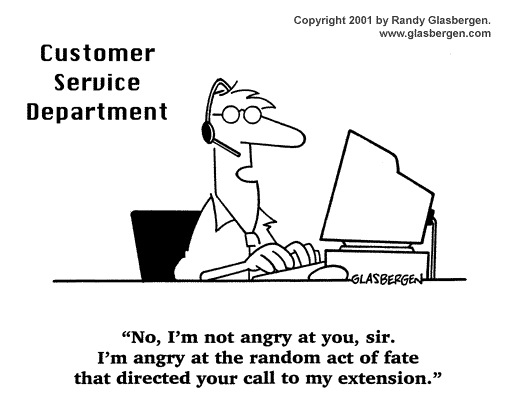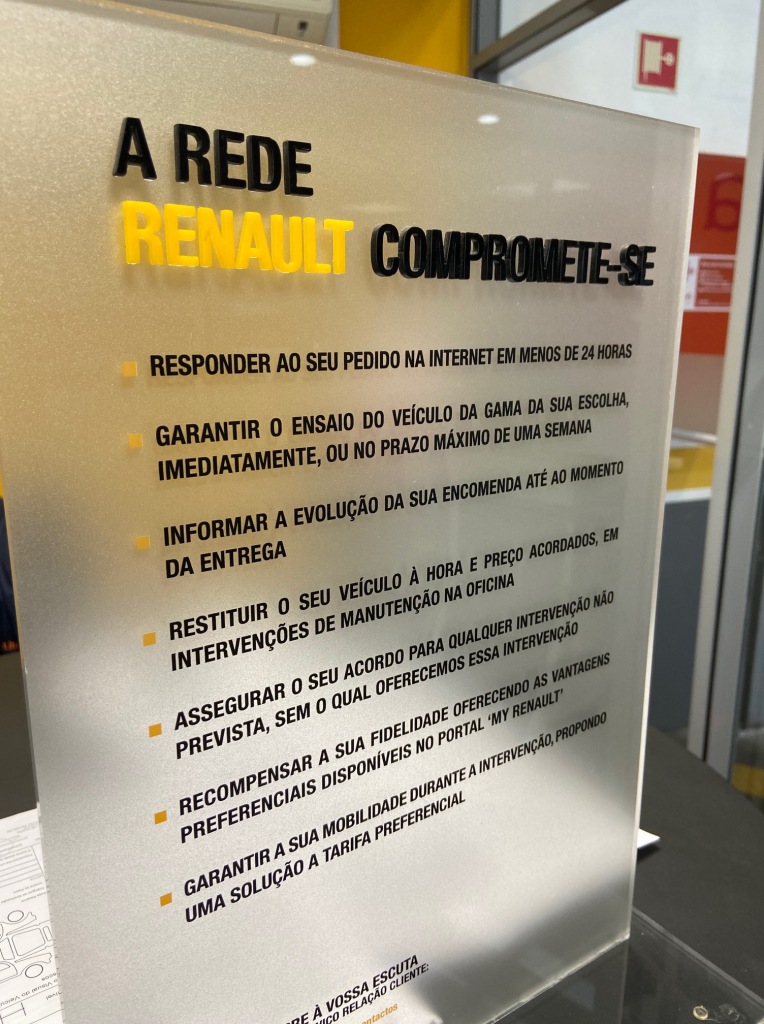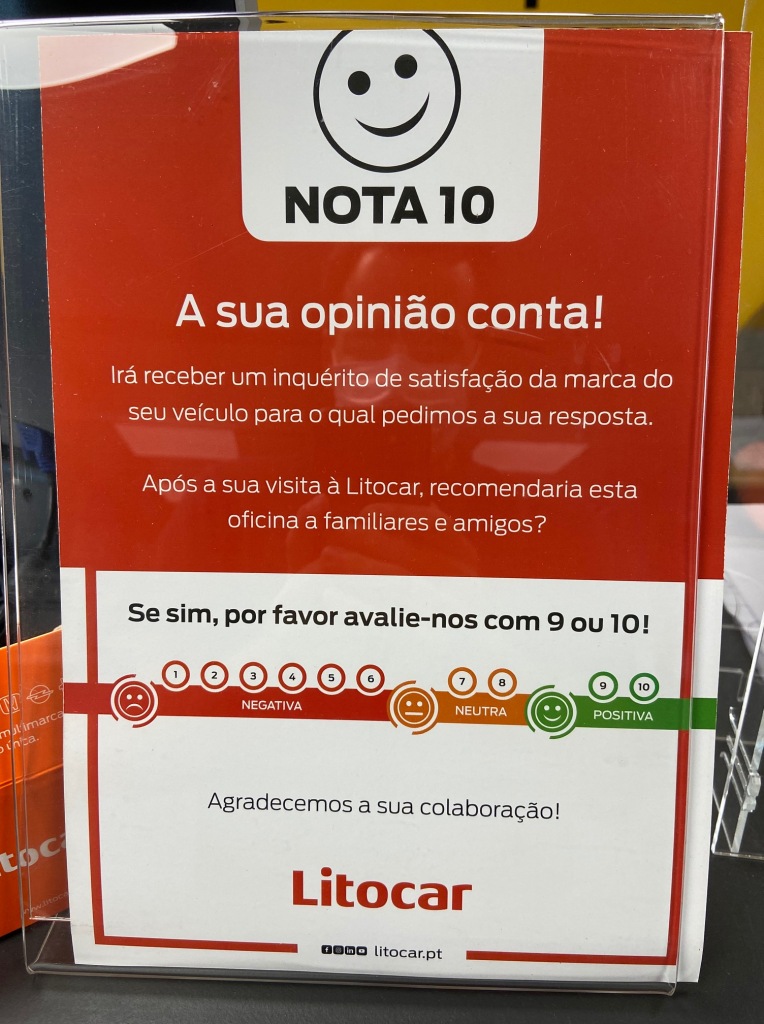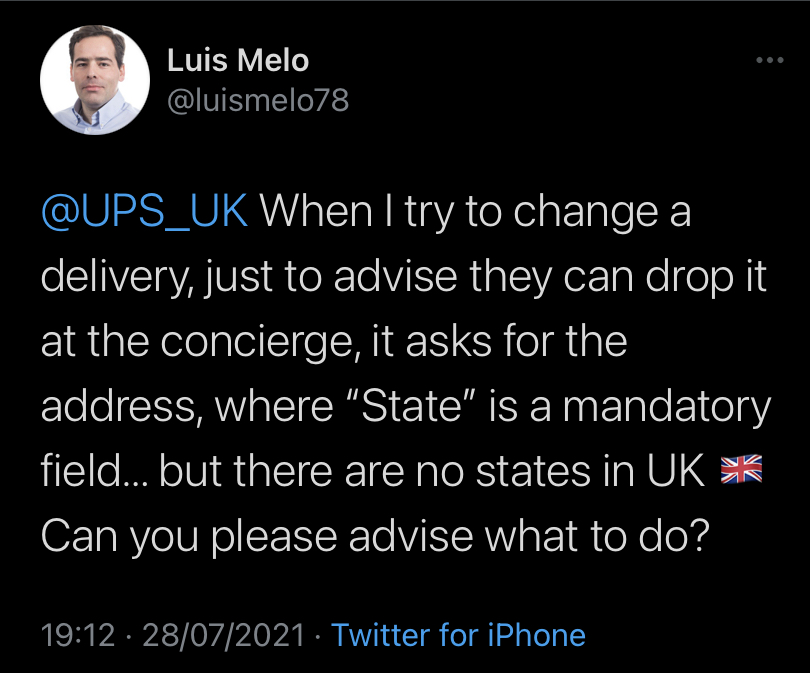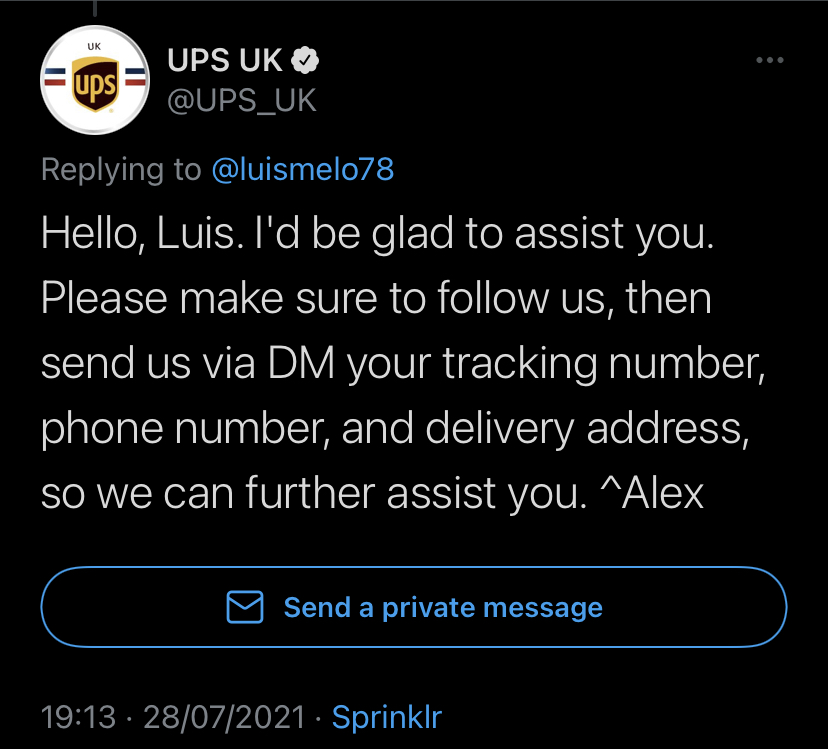One of the most significant drivers of disloyalty is effort in Customer Service interactions. The key to mitigating that disloyalty is reducing Customer Effort. Most businesses are going at it the wrong way. I will give you an example…
Many businesses started offering multiple channels because they thought it would be convenient for us. And convenience is synonym of things made easier and more suitable. If we wanted to contact, we could do it whenever we wanted, however we wanted.
But the problem is that businesses forgot that, when it comes to Customer Service, we don’t want a lot of choices – having too many choices on how to get help actually creates a high-effort decision for us. Which one is best to resolve our issue?
When it comes to Customer Service, what we want is resolution. We simply want our issue resolved as quickly as possible. And we are happy and willing to use whatever channel or mean to achieve that outcome.
It doesn’t matter if you are a Bommer, a Gen X, a Millenial or a Gen Z. It doesn’t matter how old-fashioned is the way to do things. If you know that a specific problem can be better resolved by post, you would sharpen your pencil and write a letter.
A fast and easy resolution of our problem takes precedence to any channel preference.
On top of this miscalculation, businesses are also not looking in the mirror. They put a lot of effort and money in offering more Customer Service channels, but they keep operating the same exact way – with the same internal silos, policies, sludge.
What good is it for us to have more choice and (what businesses think is) more convenience, if at the end of the day we still cannot have our issues resolved in a quick, easy, seamless and effortless way?
My recent experience with BT – British Telecom shows that clearly…
I have been a broadband customer for almost 10 years. But now I decided to leave. My contract is coming to an end on 8 March 2022, so I called about a week ago to let them know of my intention to cancel the service.
As expected, the typical small print in the terms & conditions immediately kicked-in.
- 1st unpleasant surprise – I could cancel the broadband, but am going to be charged £50 to cancel the landline ahead of time (when you change address the landline contract renews automatically for another 12 months, and I moved home 6 months ago).
- 2nd unpleasant surprise – Despite I have been a customer for almost 10 years, I cannot keep the equipment (router, etc.) because it needs to be re-used, and I would be charged £100 if I didn’t return it.
I was told a pre-paid returns envelope, sent by BT to my address, was the only way to return the equipment. But that could take up to 7 working days, and I was only in the country for 6 days.
- Is there another way to do it? No.
- Could you give me the address and I will post it myself? No.
- Could I drop if off in one of your stores? No.
After 4 days, without any sight of the returns envelope I call again, and I’m told that I can actually drop it off at a store. And that is the only other alternative. I travel to the store that same day (2 hour return trip, metro + bus).
- 3rd unpleasant surprise – Staff says, I cannot drop off the equipment at the store. That it was an “old policy“.
I go back home, and call again. I’m told I can drop it off at the store and they would leave a note in my account so the store staff could see it. I travel to the store the next day (2 hour return trip, metro + bus).
- 4th unpleasant surprise – Staff says, I cannot drop off the equipment at the store. And that the “Call Centre agents don’t know what they’re doing“.
I go back home, and call again. I’m told that there’s actually another way to return it – they would give me the returns address so I could post it myself. I travel to a nearby post office and pay £10 to mail the equipment.
Two days later I receive a text message from BT: “Hello, BT here. We’ve got your return. We’ll now make sure your kit is disposed in a safe and environmentally friendly way. Thank you for helping us reduce waste and protect the planet“.
Well, if it was to be disposed in a safe and environmentally friendly way, I could have done it myself, disposing it in the nearest recycling centre, and without going through a gigantic hassle and horrendous experience.
And, when it comes to reducing waste and protect the planet, I’m sure that all my trips, as well as the paper and plastic used to post the equipment, didn’t help the planet much.
But…
- that’s the BT policy – you must send it back to be re-used (unless it’s to be disposed)
- that’s the BT rule – there’s only one way to return it (unless there’s another way, and another)
- that’s the BT way – there’s a process to follow (unless there’s another process, or another)
It’s funny… actually no, it’s sad… to think that BT’s brand purpose is ‘We Connect For Good’
